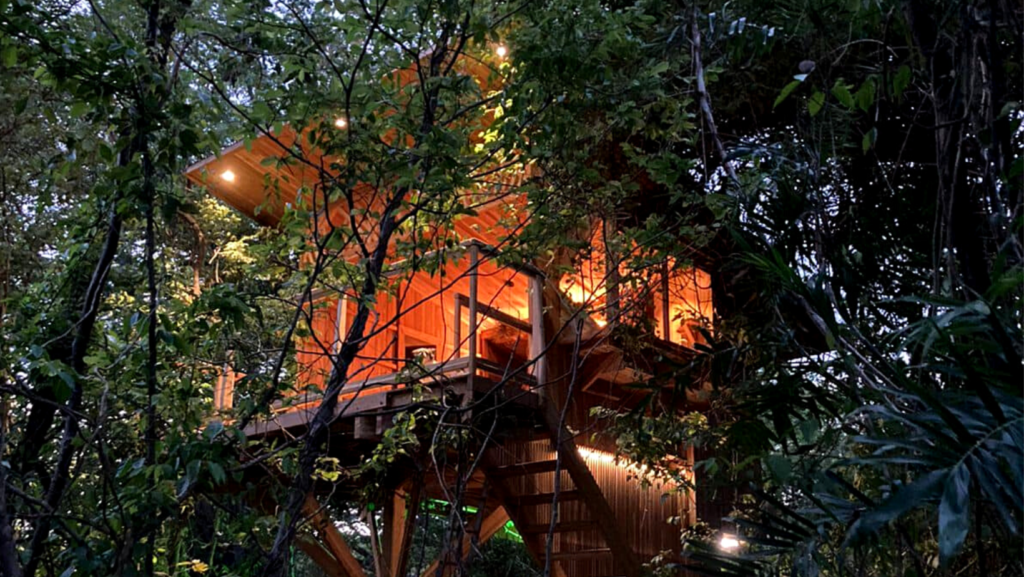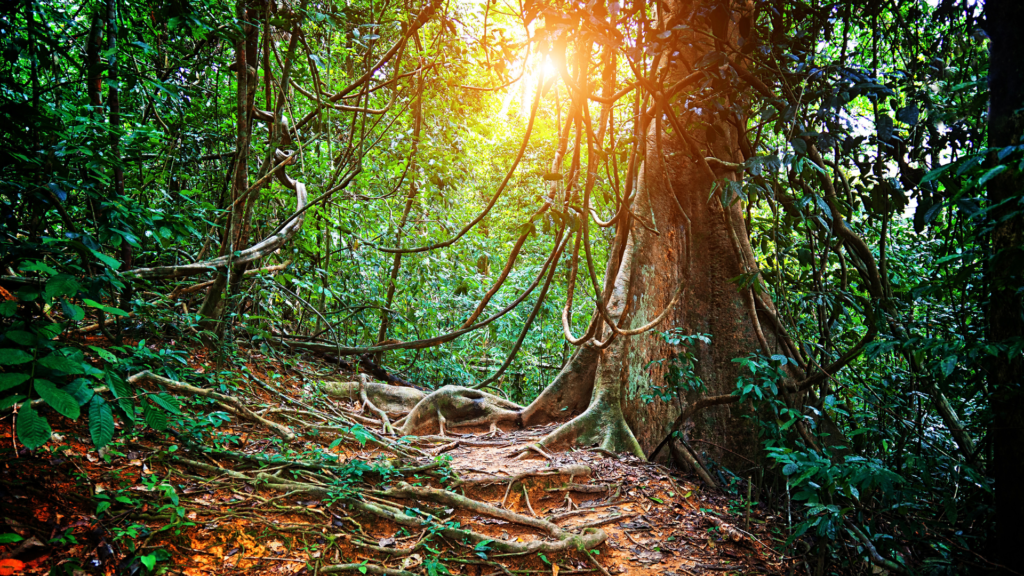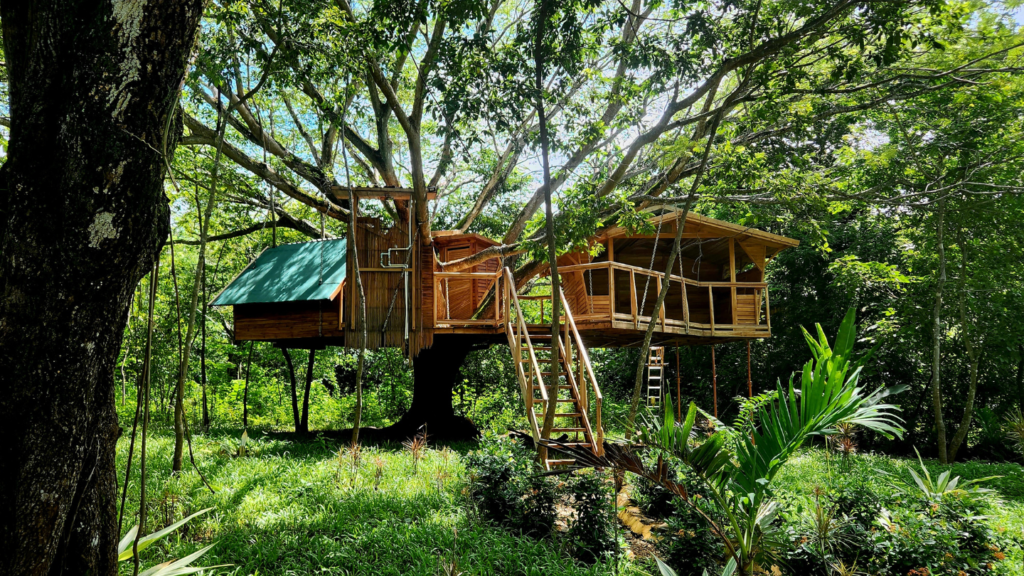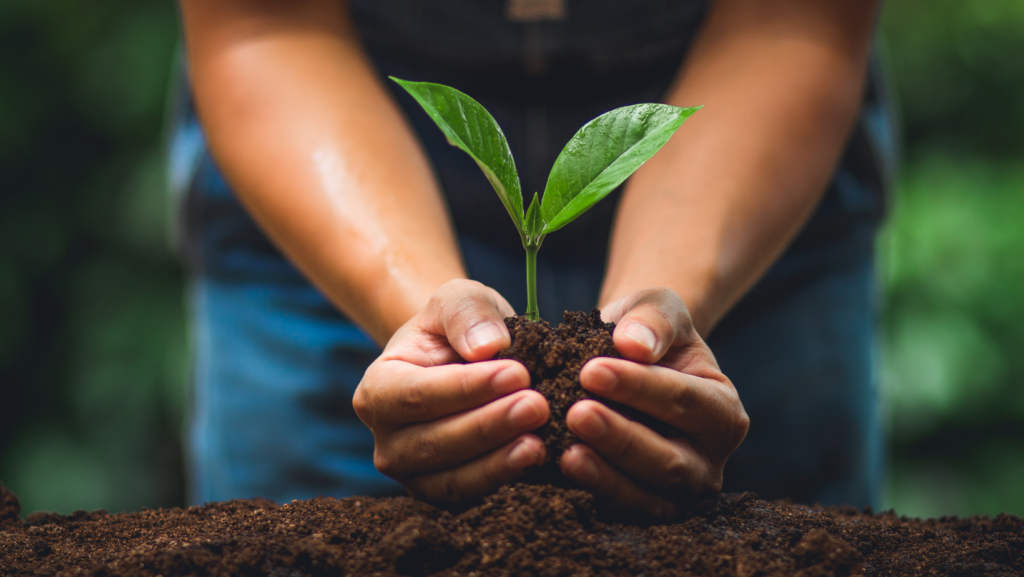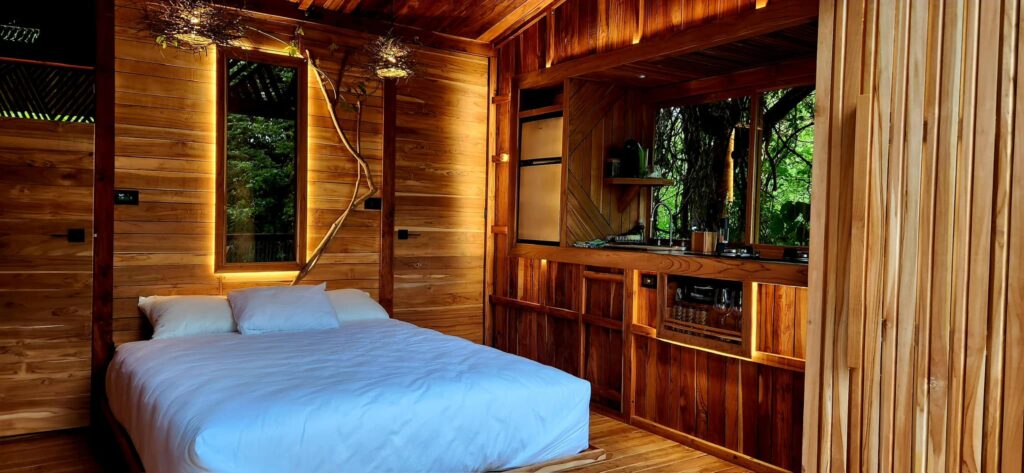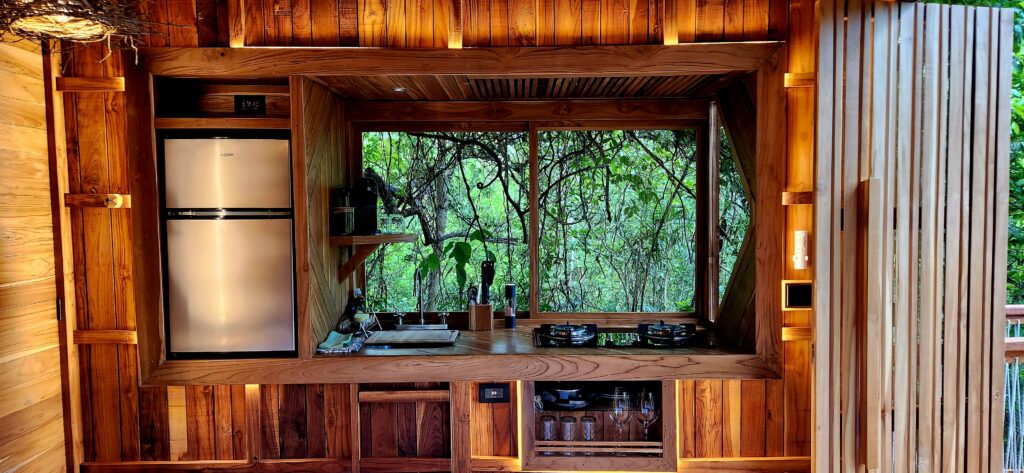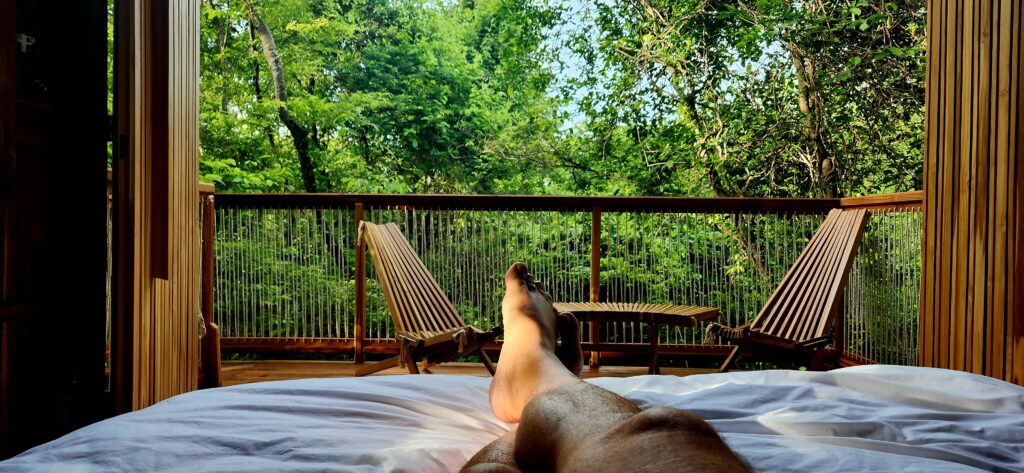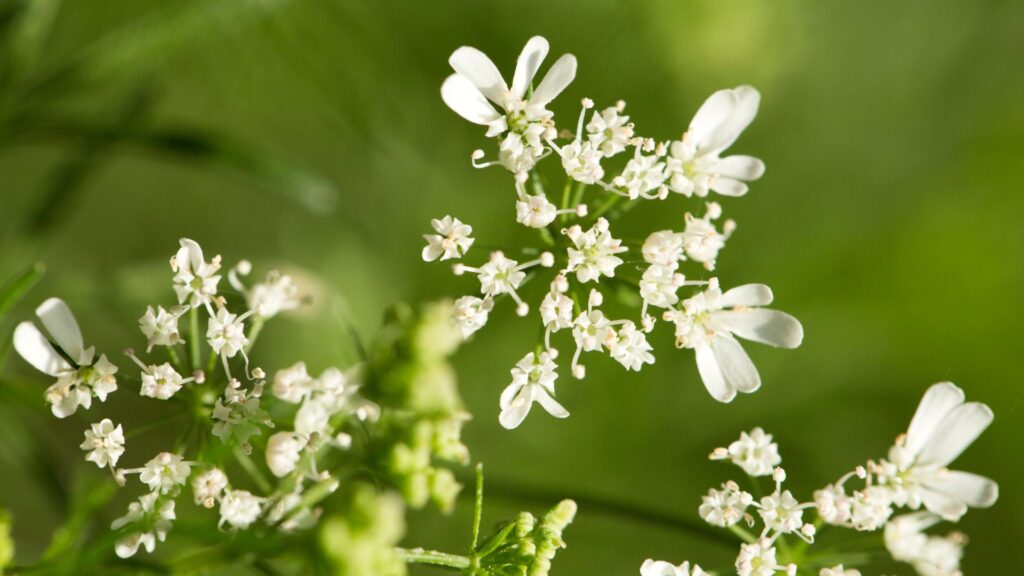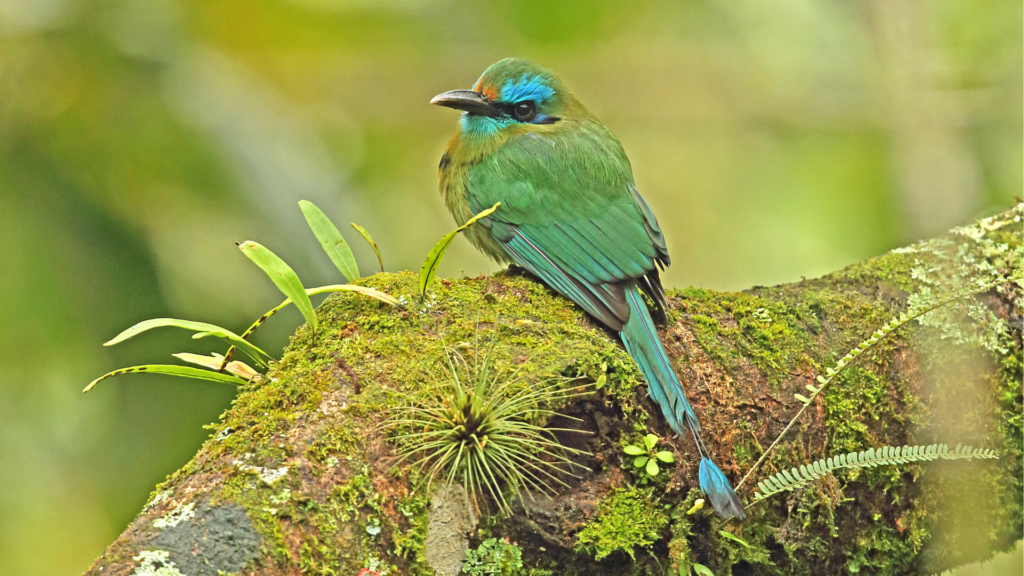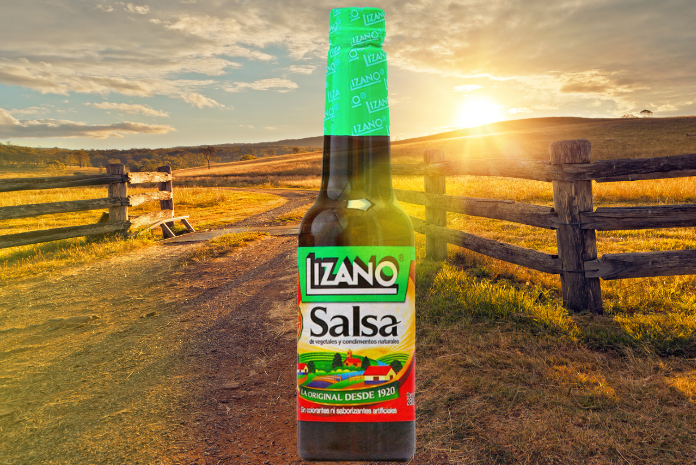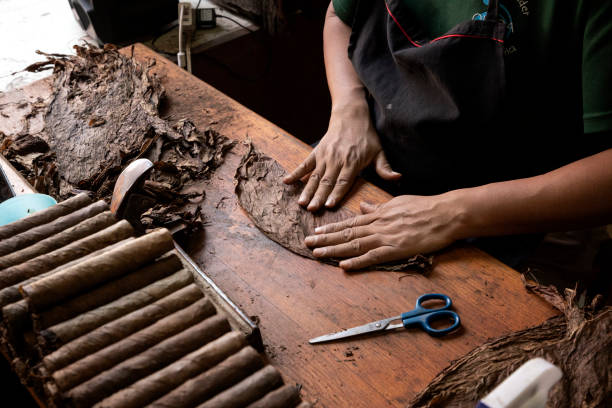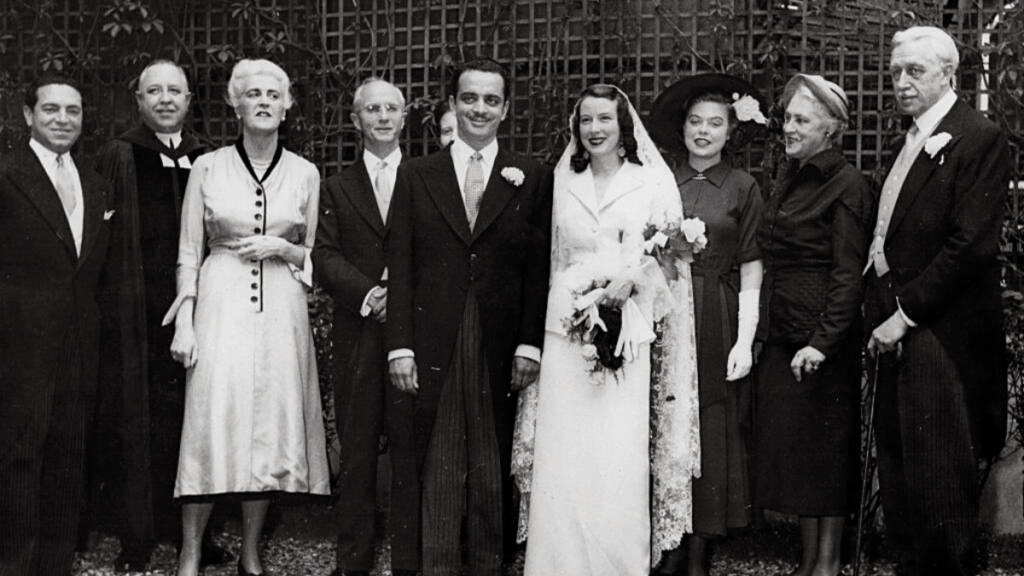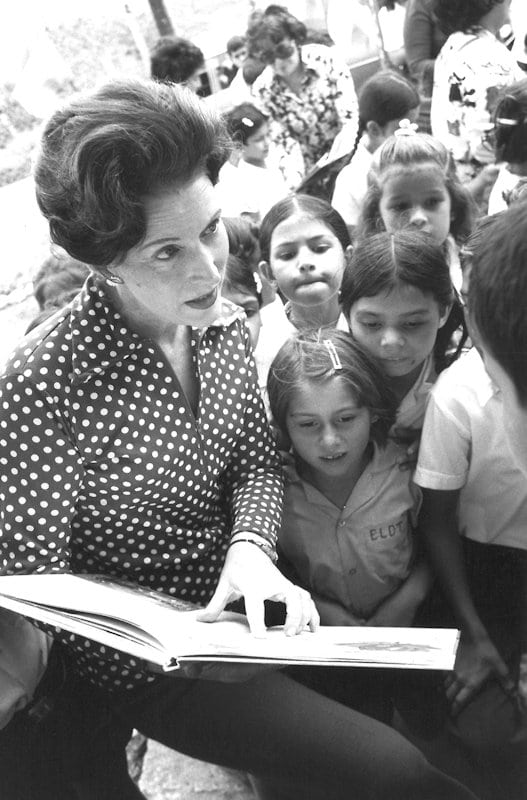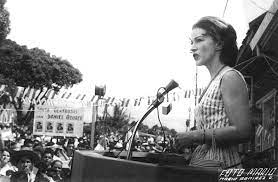In 2022, there were 44,265 construction projects in Costa Rica, marking a 9.2% increase compared to the previous year (2021).
These results come from the 2022 Construction Statistics, prepared annually by the National Institute of Statistics and Censuses (INEC).
The provinces where the highest number of projects were developed are Alajuela (21.7%) and San José (19.8%). New construction projects remain the largest share of the total, representing 81.7% of them.
Regarding the construction area, which includes new projects and expansions, the total was 3,918,842 m2, representing growth of 6.4%. The provinces with the largest construction area are San José (21.9%) and Alajuela (21.8%), followed by Guanacaste (18.7%).
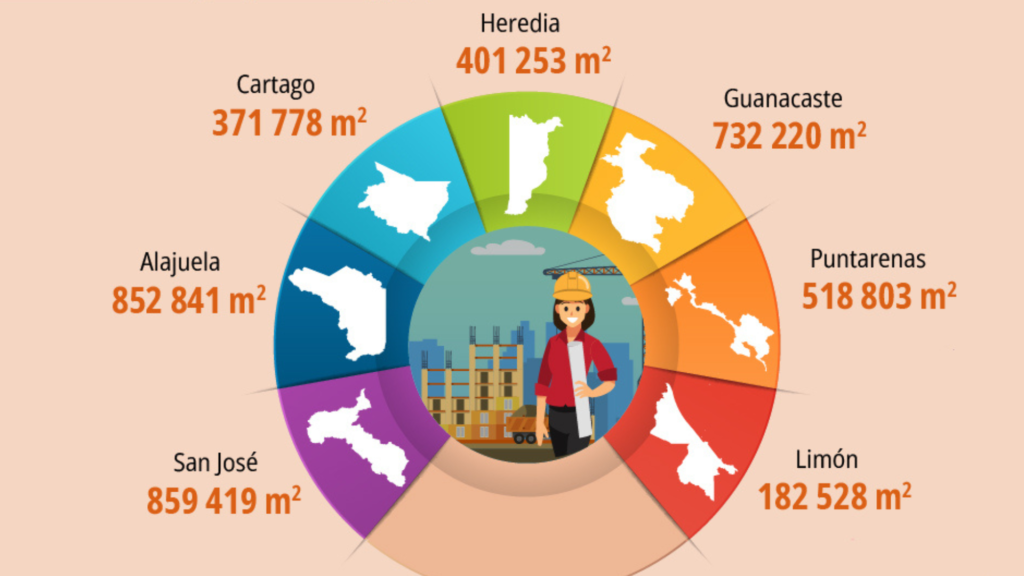
The local government has promoted urban development by improving infrastructure, public services, and tax incentives for investors in the region. Many entrepreneurs have also invested in real estate projects due to the economic growth potential of Guanacaste.
Julien Broker, Real Estate Agent from the Tamarindo region in Costa Rica
The number of housing units approved in 2022 was 24,418, which also represents an increase of 4.1%. 11,446 of these dwellings are between 40 and 70 m2 in construction size.
The new housing units are distributed as follows:
80.2% are standalone houses.
17.7% are apartments or are located in condominiums.
45% have been developed in the central region of the country.
The study is based on construction permits approved by municipalities, once all criteria are met. INEC specifies that despite the issuance of the permit, « it does not mean that all projects were completed or carried out in their entirety. »
Regarding market trends in 2023, official statistics are not yet available. However, real estate sector experts are observing the market’s evolution with optimism.
In 2023, the growth of construction in the Guanacaste region of Costa Rica has been remarkable. Several factors have contributed to this expansion. Firstly, Guanacaste has become a popular tourist destination, attracting a steady flow of national and international visitors. This increased demand for accommodation has spurred the construction of hotels, residential complexes, and vacation rentals.
Julien Broker, Real Estate Agent from the Tamarindo region in Costa Rica
Municipal authorizations include data such as: the type of permit (construction, extension, repair, demolition, or earthwork), the approval date, the area, the value, the number of projects, the purpose of the project, and the main materials, among others.
The increasing popularity of Costa Rica as a world-class tourist destination has only added to the momentum, bringing with it a wave of opportunities in hospitality and residential development. Entrepreneurs and real estate visionaries like Julien Broker are riding this wave with confidence and excitement, contributing to the country’s prosperity and sharing in its success.
Looking ahead, the anticipation for the 2023 market trends is filled with optimism. With such strong foundations laid down, there is every reason to believe that the growth seen in recent times is just the beginning. Costa Rica’s commitment to sustainable and inclusive growth ensures that the development is not just a boom but a lasting legacy.
As the world watches, Costa Rica stands as a beacon of progress, an example of how a nation can grow and prosper while maintaining the beauty and balance of its natural environment. The construction sector, a cornerstone of this growth, continues to build not just structures, but also a vibrant future for all who call this beautiful country home.

- The construction activity increased by 9.2% in 2022 in Costa Rica
- L’activité de construction a augmenté de 9,2 % en 2022 au Costa Rica
- La spatule rosée de l’Amérique centrale
- Le groupe Facebook « Québécois au Costa Rica » fête ses 50 000 membres avec enthousiasme!
- This month: Costa Rica accumulates 9,000 more dengue cases compared to the entirety of 2022.
L’article The construction activity increased by 9.2% in 2022 in Costa Rica est apparu en premier sur Magazine d’actualités Costa Rica.



